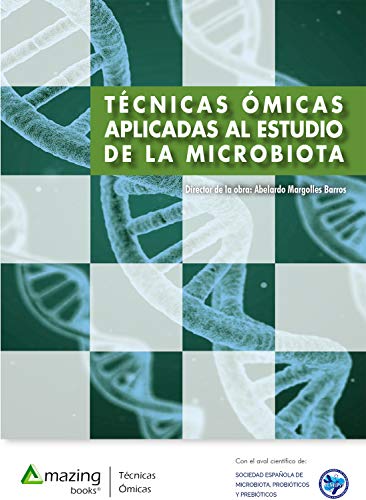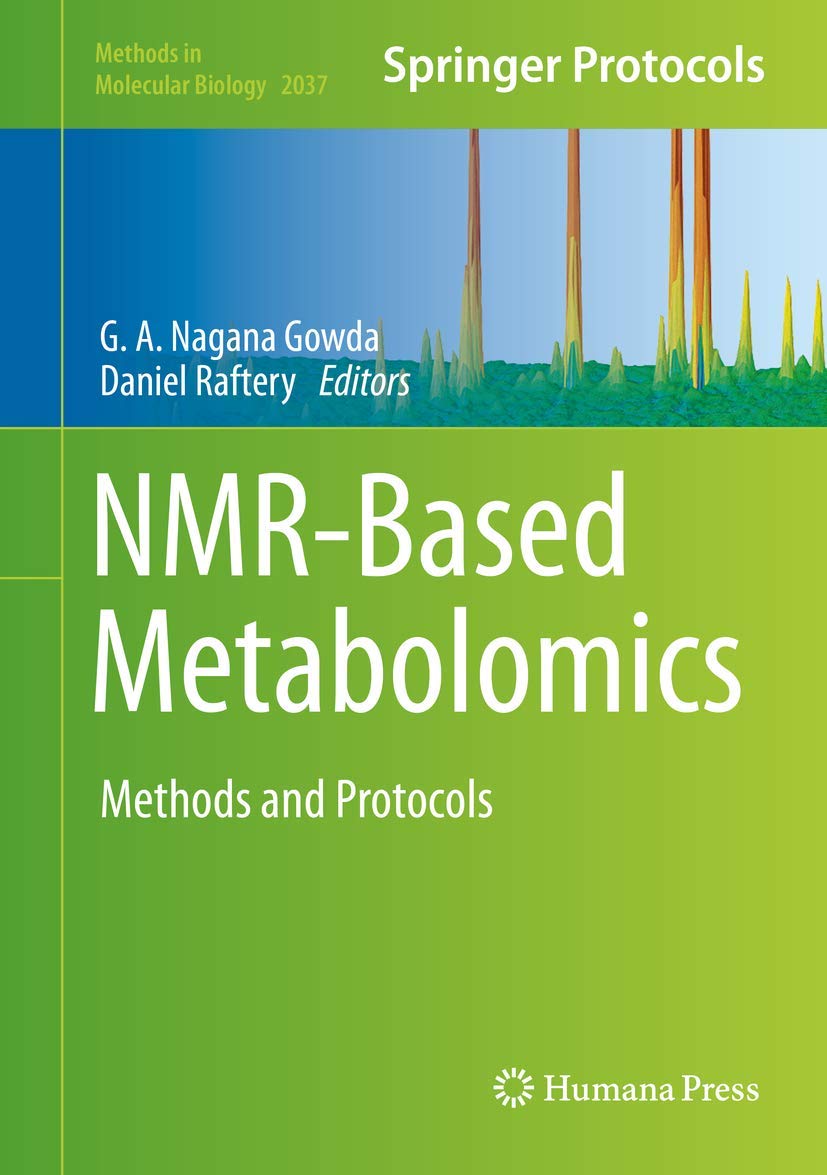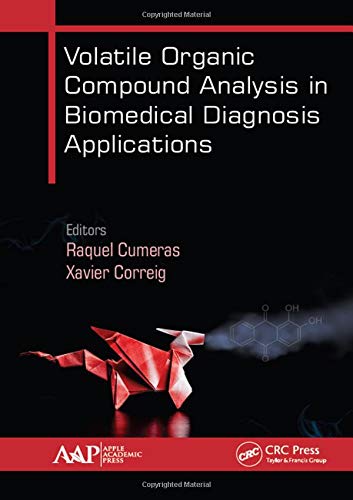 |
Técnicas ómicas aplicadas al estudio de la microbiotaby Abelardo Margolles Barros (Author), Rafael Bargiela Bargiela (Author), Aitor Blanco-Míguez (Author), Xavier Correig Blanchar (Author), et alLas Técnicas Ómicas aparecen para contribuir al estudio de la totalidad de microbios existentes en los seres vivos. A este conjunto de microorganismos se les denomina microbiota y los podemos encontrar en el aparato digestivo, en el reproductor, en el respiratorio, en la boca, en la piel..., en definitiva, sobre todo en las zonas de mayor humedad del organismo. La relación de simbiosis entre humano y los miembros de la microbiota es el resultado evolutivo de una interacción biológica en la que, normalmente, una o ambas partes obtienen beneficio. Ahora sabemos que el estilo de vida actual ha ejercido un fuerte impacto en nuestra microbiota y que algunos de los microorganismos ancestrales y los genes que estos contienen han ido perdiéndose o disminuyendo. Ref: A. M. Barros et al., Técnicas ómicas aplicadas al estudio de la microbiota. Amazing Books, 2020. |
 |
NMR-Based Metabolomics. Methods and Protocolsby G. A. Nagana Gowda (Editor), Daniel Raftery (Editor)This book provides broad coverage of nuclear magnetic resonance (NMR) spectroscopy-based methods and applications for the analysis of metabolites in a wide range of biological samples, from biofluids, cells, animal models, human, to plants and foods. The applications range from mechanistic understanding, biomarker discovery, environmental studies, and drug discovery to nutrition, while NMR methods include global, targeted, and isotope tracer-based techniques. Written for the highly successful Methods in Molecular Biology series, chapters include introductions to their respective topics, lists of the necessary materials and reagents, step-by-step, readily reproducible laboratory protocols, and tips on troubleshooting and avoiding known pitfalls. Ref: M. Gil, S. Samino, R. Barrilero, and X. Correig, "Lipid Profiling Using H NMR Spectroscopy," Methods Mol. Biol., vol. 2037, pp. 35-47, 2019. [link] |
 |
Volatile Organic Compound Analysis in Biomedical Diagnosis Applicationsby Raquel Cumeras (Editor), Xavier Correig (Editor)This volume presents a thought-provoking state-of-the-art picture of how volatile compounds are used in metabolomics, currently a hot topic in the metabolomics field. It provides a thorough description of what volatile organic compounds (VOCs) are, why they are important in biomedicine, and what the analytical platforms are used. It also looks at multivariate analysis and databases needs. Because VOCs are end-up compounds of metabolic processes, volatiles can be linked to different diseases or pathologies for both diagnosis and prognosis. The authors provide authoritative information and guidance on the analytical and statistical techniques used and how to identify, and they review the main current areas of application, which include breath metabolomics, cancer diagnosis, and microbial volatiles. Ref: “Volatile organic compound analysis in biomedical diagnosis applications.” 2018, doi: 10.1201/9780429433580. |
